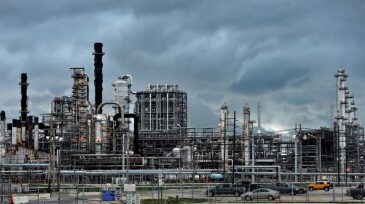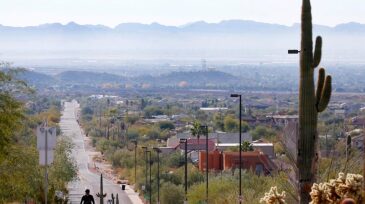greenhouse gases
-
A multibillion dollar boom in petrochemical plants proposed along the US Gulf Coast could pump as much greenhouse gas into the air as 131 coal-fired power plants by 2030, according to a study released by researchers at The University of Texas.
-
Oil and gas industry expansions could add as much greenhouse gas pollution as the equivalent of 50 coal plants by 2025—with much of that increase coming from Texas and Louisiana—at a time when pressure to slow down global warming rises, a new report found.
-
The company has launched new climate ambitions to reduce the absolute greenhouse gas emissions from its operated offshore fields and onshore plants in Norway by 40% by 2030, 70% by 2040, and to near zero by 2050.
-
Equinor has released its plan for eliminating carbon dioxide emissions in Norway by 2050, but it comes with some tall technical challenges.
-
New Mexico released data on excess greenhouse emissions from oil and gas operations to keep the public informed of the problem, as the state continues to develop stricter policies to regulate air pollution from the industry and other sources.
-
The energy major said it plans to reduce emission intensity by 5–10% for upstream oil production and by 2–5% for upstream gas.
-
The signed framework agreement would have GHGSat use its satellite-based sensors to monitor greenhouse gases coming from select Shell facilities.
-
The 33-month project will compare emissions data collected by terrestrial sensors to GHGSat's combined satellite and aircraft measurements.
-
Research by Drexel University and the University of Colorado at Boulder suggests that imposing fees on energy producers that emit greenhouse gas could improve the health and financial well-being of the Rocky Mountain region.
-
A wave of satellites set to orbit the Earth will be able to pinpoint producers of greenhouse gases, right down to an individual leak at an oil rig.










